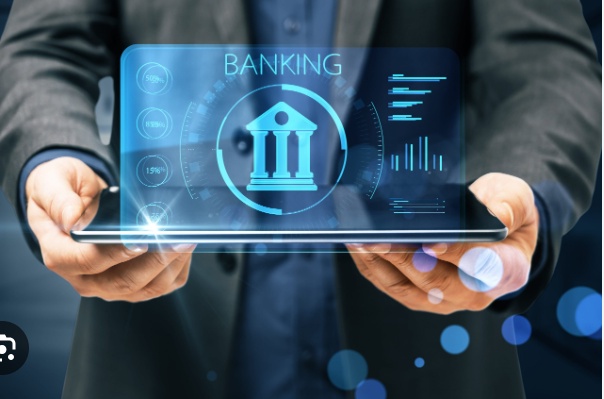In the digital age, traditional banking has evolved dramatically, giving rise to digital banks like Revolut, N26, and Monzo, which redefine how customers interact with their finances. Digital banking encompasses far more than these online banks, however. Over the last decade, established banks have launched digital spin-offs, achieving significant cost reductions and revenue optimizations. This post explores the essence of digital banking, distinguishing it from online and mobile banking, and delving into its types, services, and benefits.
Understanding Digital Banking
What Is Digital Banking?
Digital banking signifies the migration of all traditional banking activities into an online format, enabling customers to access banking services via digital channels without visiting a bank branch.
Digital Banking Services
Digital banking services mirror traditional banking offerings but are accessible 24/7 via mobile phones, computers, and other smart devices. Services include, but are not limited to:
- Bank statements and cash withdrawals
- Money transfers and account management
- Digital account opening and loan management
- Bill payments, cheques management, and transaction monitoring
These services make banking more accessible, understandable, and manageable for customers.
The Evolution and Growth of Digital Banking
The digital banking sector, driven by digital technology adoption and changing consumer preferences, is on a continuous growth trajectory. This shift towards digital channels is capitalized on by modern digital banks, which offer convenient and fast mobile and online banking services.
Digital vs. Online Banking: Understanding the Difference
While often used interchangeably, digital and online banking are distinct. Online banking offers limited transactional functions and is accessed via the internet, providing basic account management. In contrast, digital banking encompasses a broader array of services and functionalities, relying on advanced automation, web services, and APIs for cost efficiency, security, and flexibility.
Mobile Banking: A Subset of Digital Banking
Mobile banking is a service that allows customers to conduct transactions via mobile devices. It's a component of digital banking, which encompasses both online and mobile banking, offering a comprehensive suite of digital financial services.
The Benefits of Digital Banking
Digital banking offers numerous advantages, including:
- Cost Savings: Digital banking reduces operational costs by automating financial transactions and eliminating redundant processes.
- Improved Usability: Features like integrated KYC and AML protocols enable quick account opening and service access from any internet-enabled device.
- Greater Personalization: AI and machine learning power personalized banking experiences, offering relevant financial options and resources.
- Innovative Features: Digital banks provide unique services like cryptocurrency trading and investment options directly within the banking app.
Types of Digital Banks
The digital banking landscape includes:
- Neobanks: Online-only banks offering a limited range of services, often without a physical presence.
- Challenger Banks: New banks challenging traditional institutions with user-friendly and cost-effective services.
- New Banks: Fully licensed online banks offering a comprehensive range of services.
- Nonbanks: Financial service providers offering specific financial services without operating as a traditional bank.
The Future of Digital Banking
As digital banking continues to evolve, so does the technology and platforms that support it. White-label digital banking software offers a pathway for companies to enter the banking sector swiftly, providing pre-built platforms that can be customized to meet specific market needs. With over 65% of banks surveyed by McKinsey exploring next-generation banking platforms, the future of digital banking looks promising, with continuous innovation and improved customer experiences at its core.
Digital banking is not just a trend but a fundamental shift in how financial services are delivered and consumed. Its growth reflects a broader move towards digital transformation across all sectors, promising a future where banking is more accessible, efficient, and tailored to individual needs.
Top of Form


No comments yet